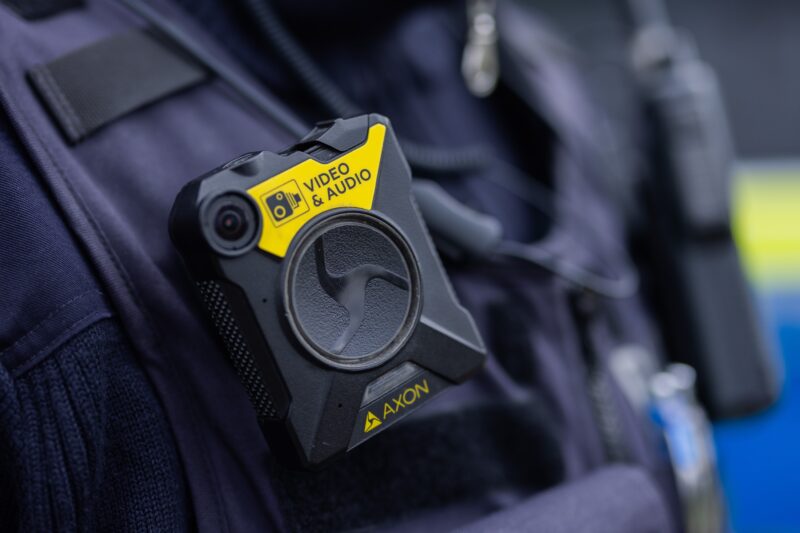- Fishermen in the city of Xiamen are being told to bring their fish and crabs in for swab tests.
- The COVID-19 rule, announced in July, has drawn heavy ridicule on social media.
- Videos show the mouths of fish being swabbed and of crabs being swiped with cotton buds.
The Chinese city of Xiamen has ordered local fishermen to bring their catch in for COVID-19 mouth swabs.
The new rule, announced on July 22 by Xiamen authorities, says all fishermen coming ashore at the coastal Jimei district have to proceed to a "human and goods" COVID-19 test, which is available every day.
A video of one such swab session was first posted on Thursday by Blue Whale News, a Chinese financial-news outlet. As of Friday morning Beijing time, it's accrued over 4 million views.
The video appears to show health workers in hazmat suits sticking cotton buds into the mouths of live fish, while a later clip depicts the underside of a crab being swabbed.
Another example was posted on Twitter by Whats On Weibo's Manya Koetse.
—Manya Koetse (@manyapan) August 17, 2022
An employee of the Xiamen Municipal Bureau of Ocean Development confirmed authorities are testing fish, per South China Morning Post. Insider was unable to independently verify when the videos were recorded.
People have flocked to Weibo, China's version of Twitter, to question and make fun of the coronavirus measure.
"Do fish breathe through their mouths?" one popular comment asked.
"The ants in my district have developed a fever and cough," another person joked.
"What do I do if I run into a snail? Where should I go?" said one commenter.
A top comment sarcastically suggested the local government move on to testing mosquitoes, which they said are the "most numerous and have their sights set on humans."
It's not the first time China has raised eyebrows for testing fish for COVID-19. In March, video clips of health workers in Shanghai swabbing the mouths of fish in a seafood market went viral, Insider previously reported.
The idea that COVID-19 can be spread through fish has circulated widely in China since early 2021, when Beijing started to promote its "cold chain theory." It posits without evidence that the virus was brought to Wuhan through frozen seafood imports.
Extreme COVID-19 measures in any one region of China aren't necessarily representative of what the rest of the country is facing — different municipalities usually set their own specific restrictions for curbing the spread of the coronavirus.
However, these controversial rules often reflect the pressure on local governments to achieve China's zero-COVID strategy. Spikes in COVID-19 cases within a region are typically followed by the sacking of several local officials, though China is often vague on who exactly is fired.
One high-profile case involved the punishment of 26 officials after the city of Xi'an underwent a dramatic lockdown in December. China's discipline commission said the punishment was for "ineffective epidemic prevention and control."










